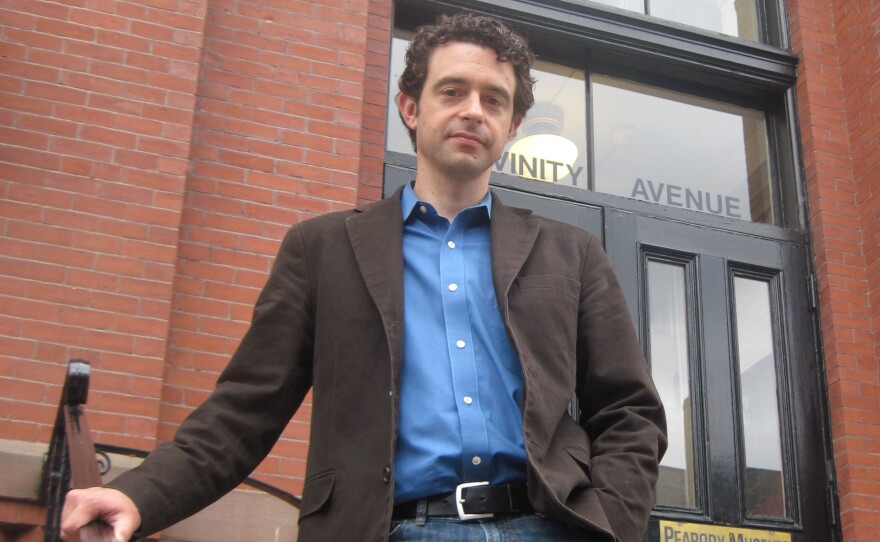In today’s Academic Minute, Dr. Jason Ur of Harvard University explains how archaeologists are using declassified satellite images to locate previously unknown ancient sites.
Jason Ur is the John L. Loeb Associate Professor of the Social Sciences in the Department of Anthropology at Harvard University. His research uses declassified satellite photographs from the CORONA program to locate areas of archaeological interest within the politically unstable countries of the Near East. Ur’s work has been published in numerous peer-reviewed journals and in 2010 he published, Urbanism and Cultural Landscapes in Northeastern Syria: The Tell Hamoukar Survey, 1999-2001. He holds a Ph.D. from the University of Chicago.
Dr. Jason Ur – Satellite Archaeology
We all know what archaeologists do, right? They dig holes in the ground to recover material evidence for how people lived in the past. That’s mostly true, but there are some questions that just can’t be answered with a hole in the ground- some really important ones like how the first cities came about, or how humans changed their environments in the past. Here we need different methods, like archaeological survey, in which archaeologists scour a region for traces of ancient settlements. This is a difficult task, especially when you’re pinned to the ground, so archaeologists have made use of aerial photographs and satellite imagery.
Remote sensing in archaeology is not new, and “virtual globes” like Google Earth now allow literally anyone to be a survey archaeologist. But staring at aerial images on a screen is slow and highly subjective.
For this reason, I teamed up with Dr Bjoern Menze, an MIT computer scientist. We’re interested in the history of human settlement in ancient Mesopotama, presently in Iraq and Syria. This region saw the world’s first towns, cities, states and empires.
Bjoern and I used 160 images from NASA’s ASTER satellite. Based on the locations of some known sites, he created a digital signature for ancient places. We then turned the computer loose on 8,500 square miles. It returned the locations of almost ten thousand places, about twenty times more than we previously knew about. When we checked it against a second set of known sites, the digital signature proved to be very accurate.
The world’s cultural heritage is threatened as never before by modern development, and we can’t protect sites that we don’t know about. Archaeology must continue to develop new methods such as these if we are to keep up.




